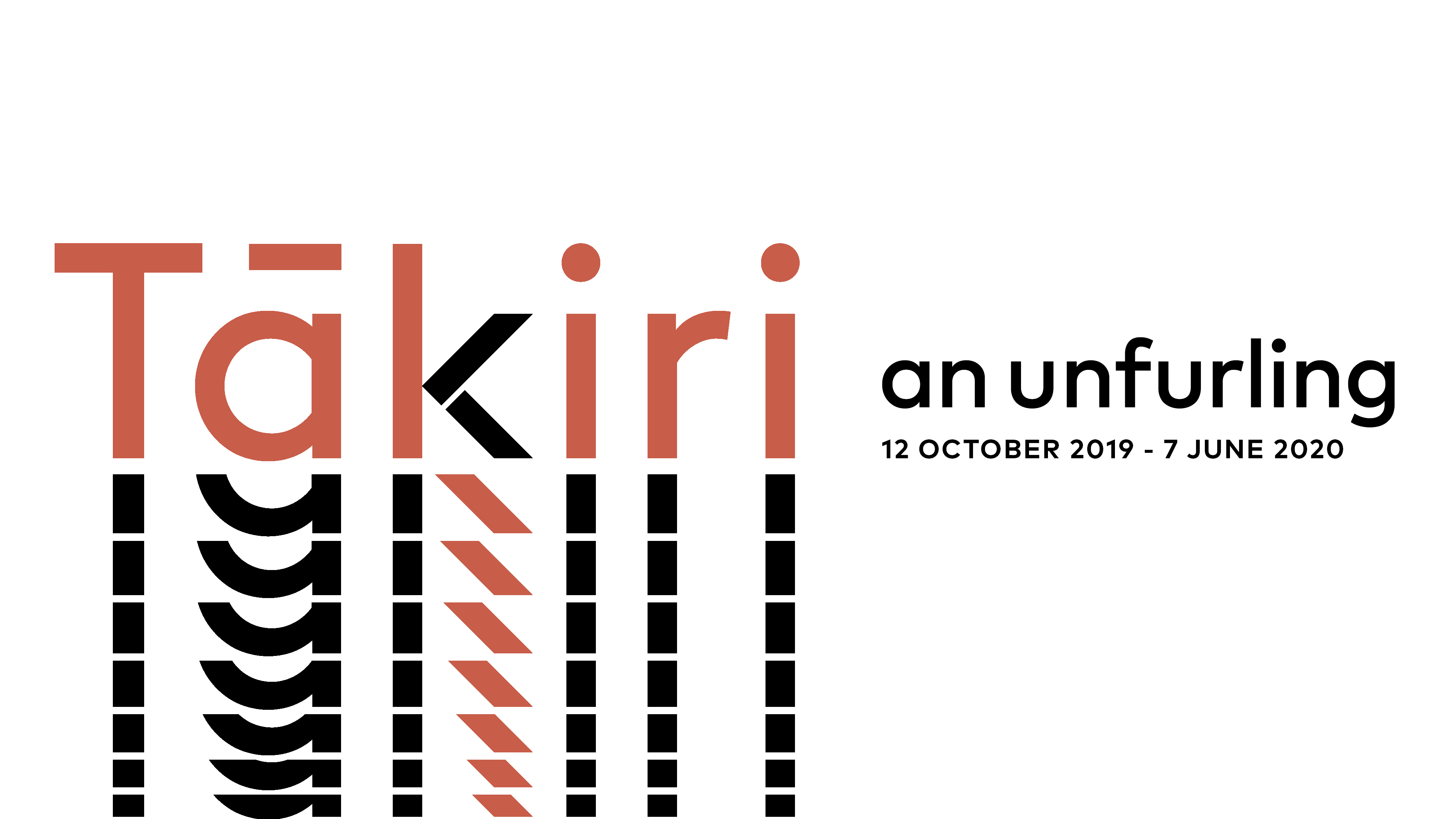Addressing the impact of slavery in the Pacific
Jasmine Togo-Brisby, a fourth-generation Australian South Sea Islander, descends from Ambae and Santo people, who were kidnapped and shipped from Vanuatu to Australia as slaves from 1863 to 1903. Over the period, 60,000 South Sea Islanders were exploited for the economic benefit of white-owned colonial enterprises in the unlawful practice known as blackbirding. Togo-Brisby links blackbirding to the 1772-1775 voyages of captains James Cook and Tobias Furneaux and to their respective ships HMS RESOLUTION and HMS ADVENTURE.



